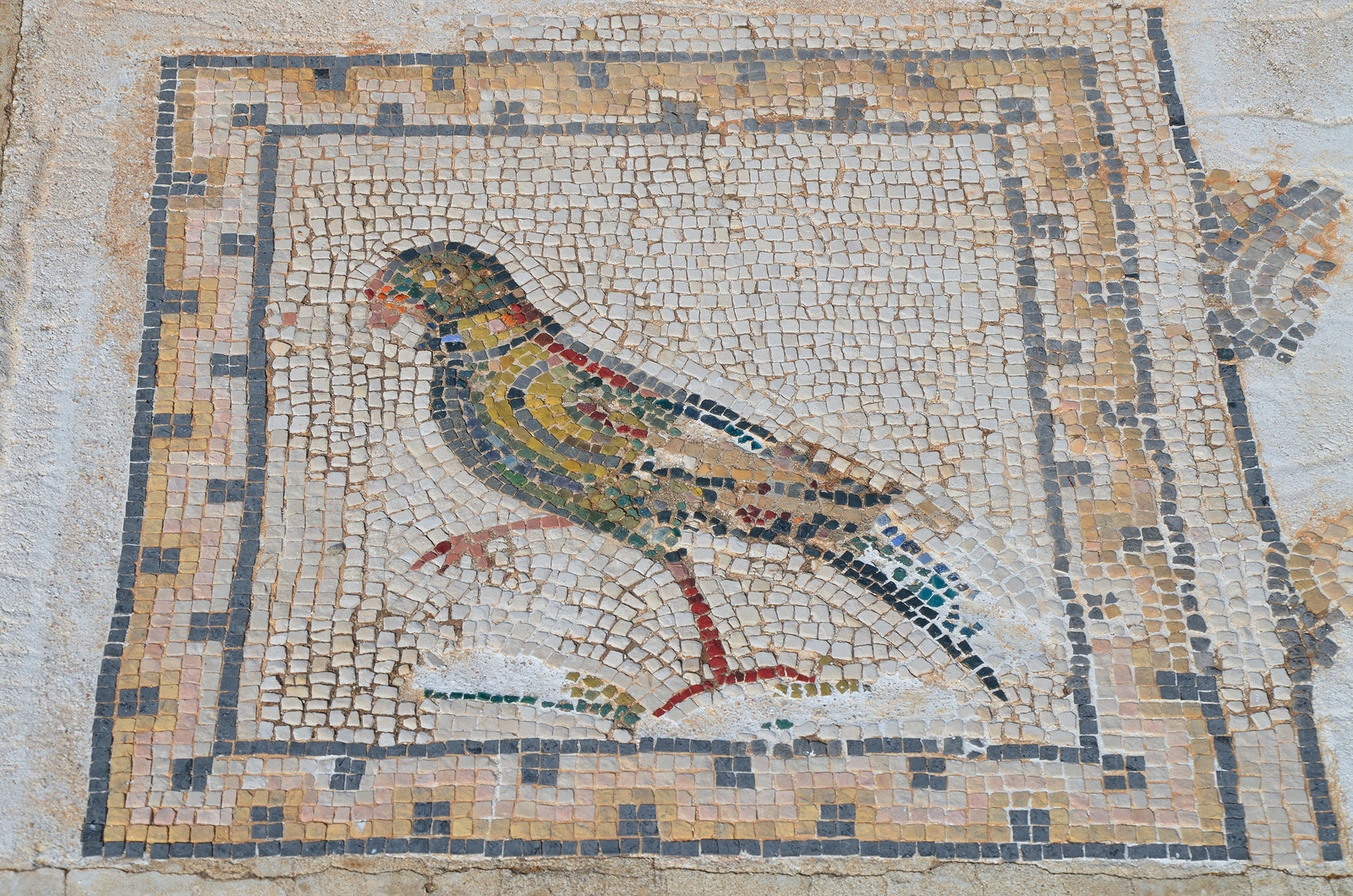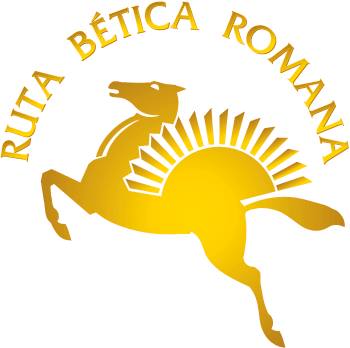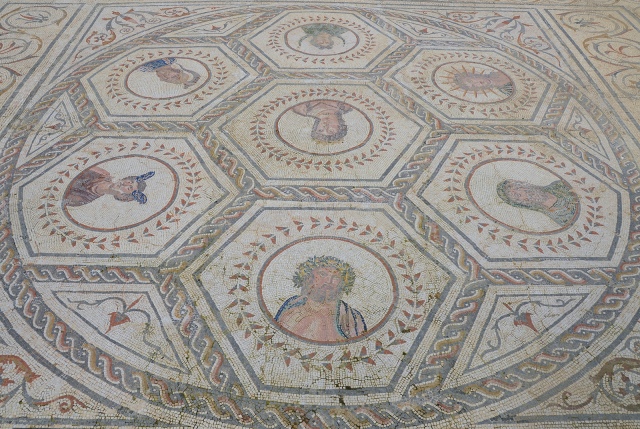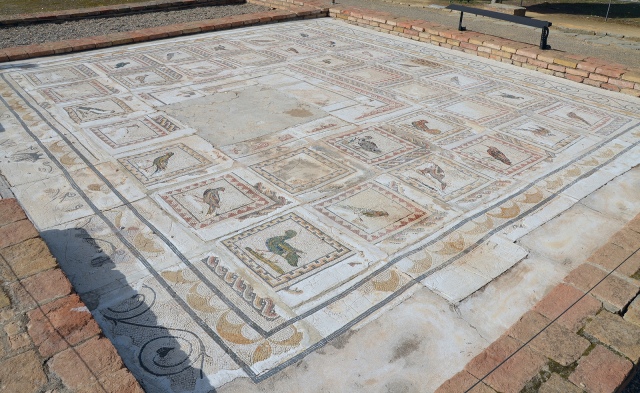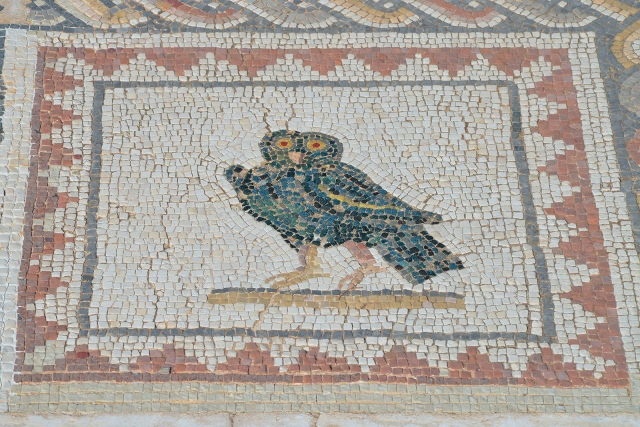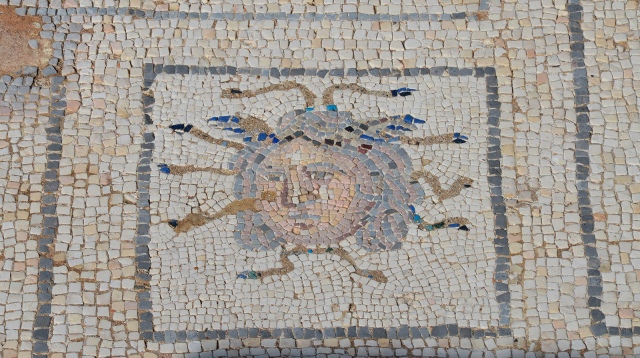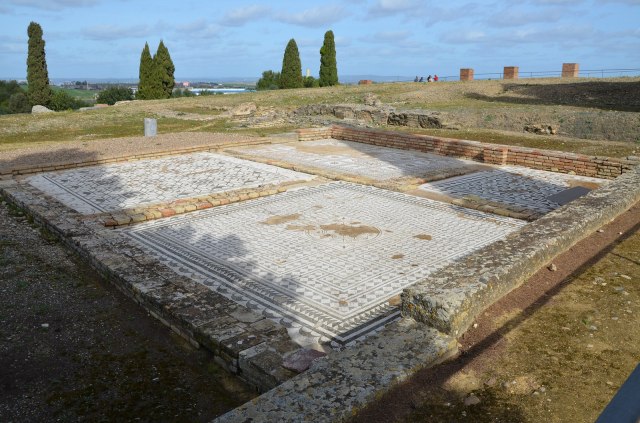On a recent trip to southern Spain, I travelled along the Roman Baetica Route and visited many of the archaeological sites and museums that Andalusia has to offer. Among the plethora of ancient treasures to be found in the region, I was particularly impressed by the incredible mosaics I came across. This installment of the series will focus on Italica.
The Roman Baetica Route is an ancient Roman road that passes through fourteen cities of the provinces of Seville, Cadiz, and Córdoba, which correspond to modern-day Andalusia. It runs through the most southern part of the Roman province of Hispania and includes territories also crossed by the Via Augusta. The route connected Hispalis (Seville) with Corduba (Córdoba) and Gades (Cádiz). The word Baetica comes from Baetis, the ancient name for the river Guadalquivir.
Italica
The archaeological site of Italica is located in Santiponce, not far from Seville. It is one of the most important sites of Andalusia’s archaeological heritage. Italica was founded in 206 BCE during the Second Punic War by the Roman commander Publius Cornelius Scipio who settled his Italian veterans on this site. Although the nearby town of Hispalis (Seville) would always remain a larger city, Italica became an important centre of Roman culture and was awarded the title of colonia. Hadrian gave the colony his family name, Colonia Aelia Augusta Italica. Under his rule, Italica enjoyed a period of splendor during which its architectural development flourished with the construction of new public buildings such as the amphitheatre as well as houses with well preserved mosaic floors. About twenty intricate mosaics lie amongst the uncovered ruins still in situ.
Some of the houses uncovered include the House of the Planetarium with its hexagonal mosaics depicting the seven planetary deities who gave their names to the days of the week. In the center is Venus (Friday). Anticlockwise from bottom center are Jupiter (Thursday), Saturn (Saturday), Helios or Sol (Sunday), Luna or Selene (Monday), Mars (Tuesday), and Mercury (Wednesday).
The House of the Birds is a large residence endowed with a good quantity of mosaics of high quality. One of them, the Bird Mosaic, gave its name to the house and consists of a central panel surrounded by 35 small squares representing different species of birds.
The House of Neptune is named after a mosaic with all kinds of aquatic animals. In the centre is Neptune, the god of the sea with his trident. The mosaic is surrounded by a wide edge that is decorated with Nilotic scenes where one can see crocodiles, a hippopotamus, a palm tree, and several pygmies fighting ibises.
View the previous entry in this series, the Lebrija Palace, and stay tuned for future installments.
